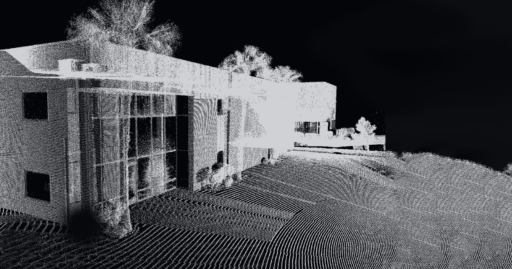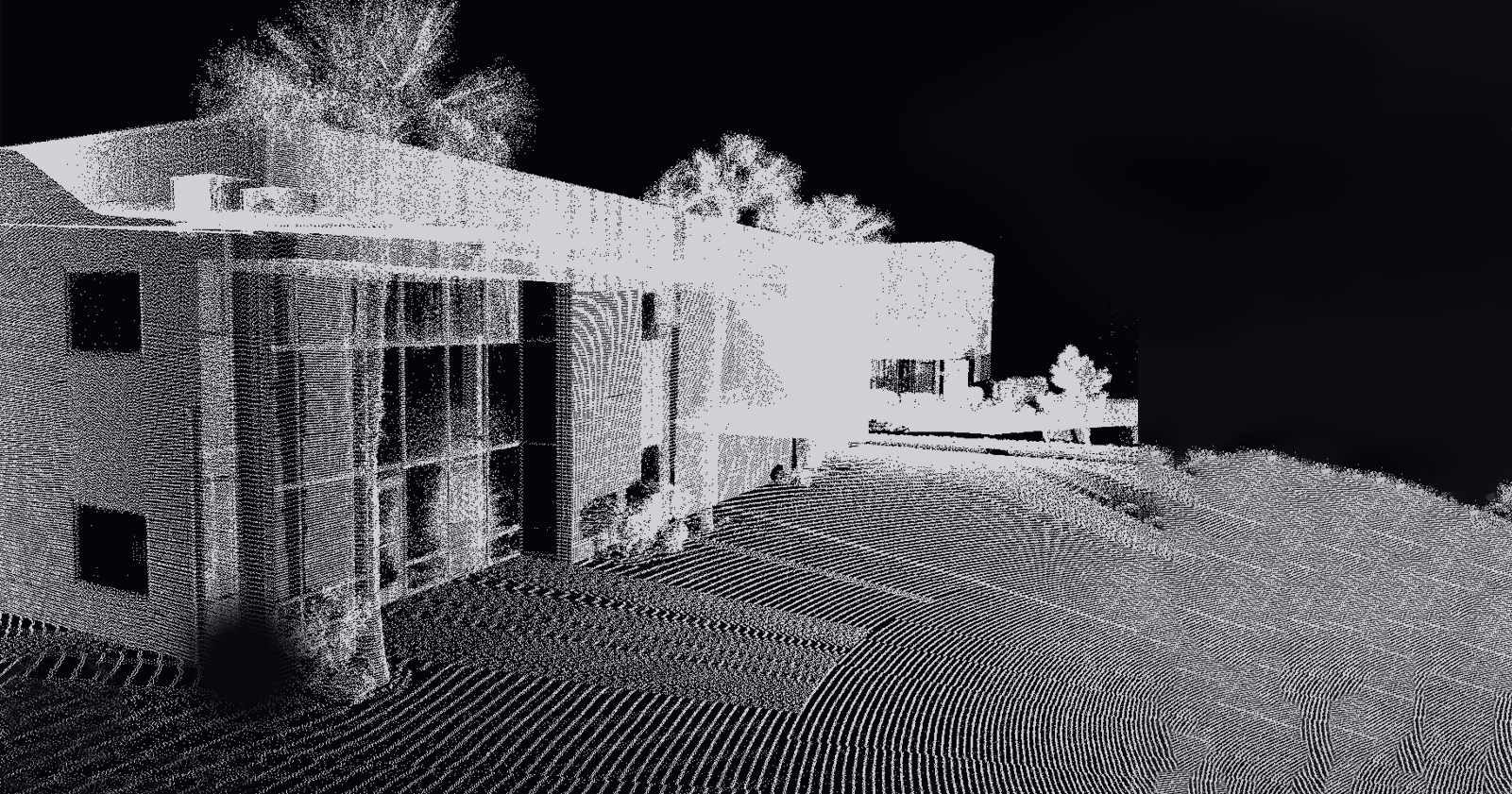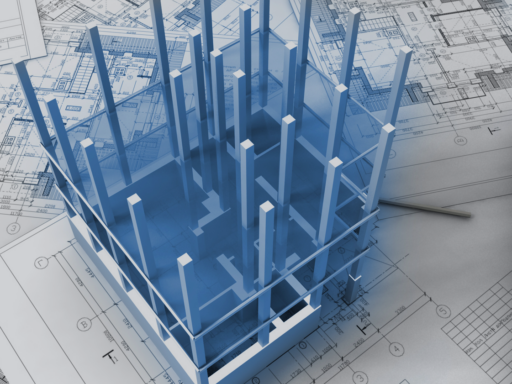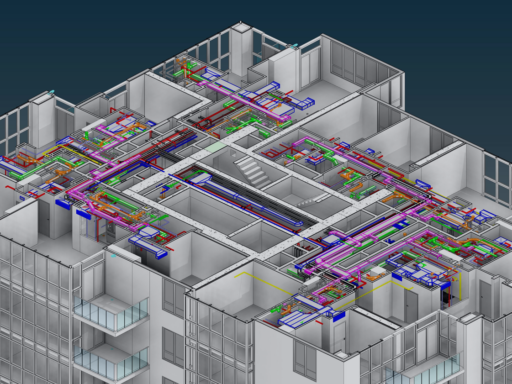A point cloud is a large collection of points placed on a 3D Coordinate System which creates a 3D representation of an object or space. Each point in the cloud represents a specific coordinate in the 3D space, and when combined, they form a detailed and accurate representation of the object or environment.
-
- Highly detailed: Point clouds provide a high level of detail, capturing the exact shape and structure of an object or space.
- Accurate representation: They offer an accurate representation of the physical world, making them valuable for various applications such as 3D modeling, surveying and virtual reality.
- Versatile: Point clouds can be generated from various sources such as LiDAR, photogrammetry or 3D scanning, making them suitable for a wide range of industries and projects.
What is a Point Cloud Used for?
Point cloud data can be used to create accurate 3D models of real-world objects.
-
- Point cloud data captures millions of points in a 3D space, ensuring precise representation of the object.
- Is used in various industries such as architecture, construction, engineering and archaeology for creating detailed 3D models.
- You can quickly generate 3D models without the need for manual measurements or physical replication.
Point cloud technology allows for precise measurements and analysis of objects and environments.
-
- Point cloud data provides highly accurate measurements, allowing for detailed analysis and modeling.
- With point cloud data, you can create detailed 3D visualizations of objects and environments, enabling better understanding and analysis.
- Point cloud technology enables efficient and comprehensive data collection, saving time and resources.
Point cloud data can be integrated with other software for visualization and simulation purposes.
-
- Point cloud data can be seamlessly integrated with various software applications such as CAD, BIM and GIS, allowing for easy visualization and analysis.
- By integrating point cloud data with visualization software, you can create realistic 3D models and virtual environments for better understanding and communication of spatial information.
- Integration with simulation software enables engineers to conduct virtual testing and analysis, leading to more efficient design and decision-making processes.
“With a cloud of points combined with BIM software, we can discover objects, structures, or even spaces that perhaps could not be seen or measured with the human eye. To this day, this technology has helped discover incredible Egyptian tombs never previously thought of.”– Josefina S., Architect
When considering point cloud solutions, it’s important to understand how the data can be integrated with other software for visualization and simulation purposes. This integration can streamline workflows, improve decision-making and enhance the overall efficiency of your projects.






